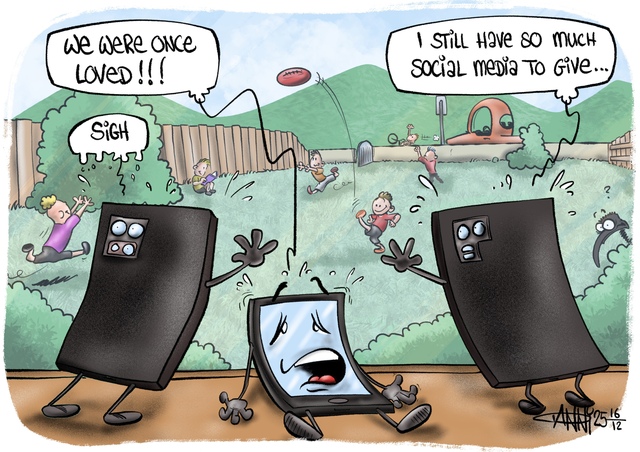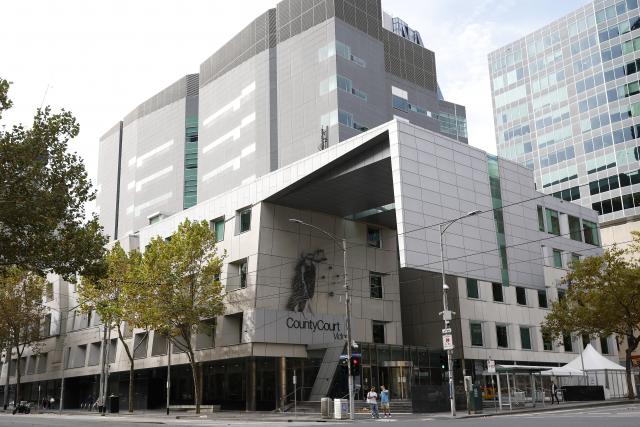The Victorian Government has introduced the Summary Offences Amendment (Nazi Symbol Prohibition) Bill 2022, which would make it a criminal offence to intentionally display the Nazi symbol (the Hakenkreuz, often referred to as the Nazi swastika) in public in recognition of the role in plays in anti-Semitism and hate.
Once the Bill is passed, anyone who intentionally displays the Nazi symbol in public faces penalties of up to almost $22,000, 12 months imprisonment or both.
Attorney-General Jaclyn Symes said the Nazi symbol glorifies one of the most hateful ideologies in history.
“Its public display does nothing but cause further pain and division,” she said.
“As a Government we want to do all we can to stamp out hate and give it no room to grow – banning the Nazi symbol sends a clear message that this vile behaviour will not be tolerated in Victoria.”
Despite the public banning, the Bill also recognises the cultural and historical significance of the swastika for the Buddhist, Hindu, Jain and other faith communities as an ancient and sacred symbol of peace and good fortune. The Bill does not prohibit the display of the swastika in such religious and cultural contexts. The legislation will only come into effect a year after passing to allow for time to implement this campaign.
Educational and artistic purposes will also be excepted.
The use of hate symbols will continue to be monitored and others may be included in future.
“We’re working to protect the rights of all Victorians to be free from racism, vilification and hatred, and to ensure all Victorians feel welcome and accepted,” Minister for Multicultural Affairs Ros Spence said.
The Victorian Government also adopted the International Holocaust Remembrance Alliance’s (IHRA) working definition of antisemitism. The definition states:
“Antisemitism is a certain perception of Jews, which may be expressed as hatred toward Jews. Rhetorical and physical manifestations of antisemitism are directed toward Jewish or non-Jewish individuals and/or their property, toward Jewish community institutions and religious facilities.”
The definition was established in 2016 by IHRA in response to increased antisemitic sentiments and incidents worldwide. It has since been adopted by 34 United Nations member states.







